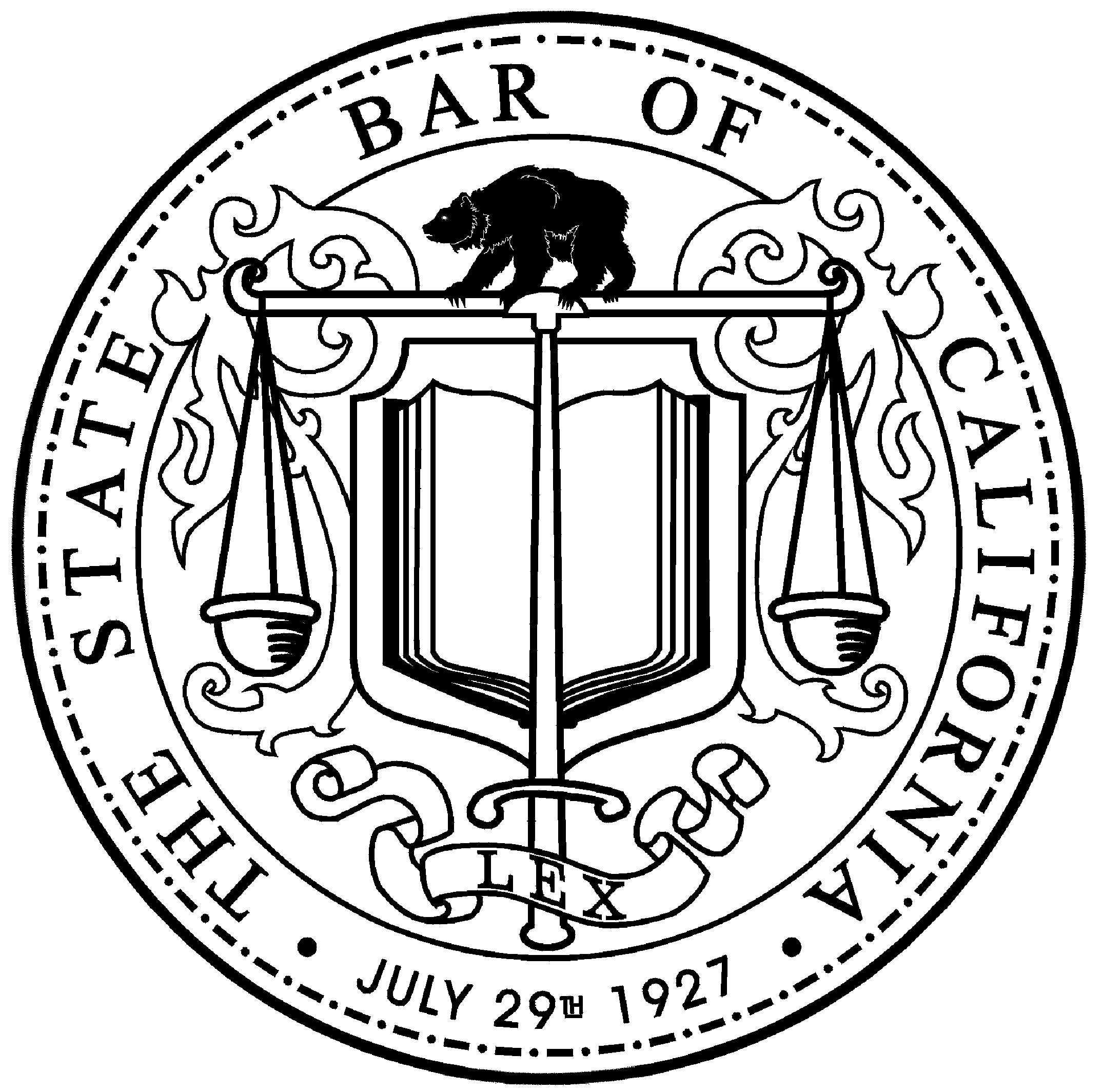The 10 Most Dangerous Jobs in America
Every day, people go to work putting their health and their lives at risk. But if you are driving a truck, working construction, or flying a plane, you may be at greater risk of a workplace injury or fatality.
According to the Bureau of Labor Statistics’ 2019 annual report on fatal occupational injuries, these are the 10 most dangerous jobs in America.
10. First-line supervisors of landscaping, lawn service, and groundskeeping workers
What they do: Directly supervise and coordinate activities of workers engaged in landscaping or grounds keeping activities.
Why they’re at risk: Landscapers spend a lot of time in cars traveling from site to site, putting them at higher risk than some other industries for transportation-related accidents.
Fatal injury rate (per 100,000 workers): 20.2
9. First-line supervisors of construction trades and extraction workers
What they do: Directly supervise and coordinate activities of construction or extraction workers.
Why they’re at risk: While the most fatal injuries for this group were transportation-related, they also had high incidents of falls, slips, and trips, as well as contact with objects and equipment.
Fatal injury rate (per 100,000 workers): 21.0
8. Structural Iron and Steel workers
What they do: Raise, place, and unite iron or steel girders, columns, and other structural members to form completed structures or structural frameworks.
Why they’re at risk: Given the height at which they work, any fall can be dangerous.
Fatal injury rate (per 100,000 workers): 23.6
7. Farmers, ranchers, and other agricultural managers
What they do: Plan, direct, or coordinate the management or operation of farms or other agricultural establishments.
Why they’re at risk: Farm workers spend a lot of time outdoors, but they also sometimes travel from farm to farm, putting them at risk for transportation accidents.
Fatal injury rate (per 100,000 workers): 24.7
6. Driver/sales workers and truck drivers
What they do: Drive trucks or other vehicles over established routes or within an established territory and sell or deliver goods.
Why they’re at risk: Given all the time these workers spend on the road, it’s not surprising that they’re at a higher-than-usual risk for transportation-related workplace accidents. They often drive a company vehicle along a specific route to sell, deliver, or pick up items.
Fatal injury rate (per 100,000 workers): 26
5. Refuse and recyclable material collectors
What they do: Collect and dump refuse or recyclable materials from containers into truck.
Why they’re at risk: These workers spend much of their day with a team, driving or riding on a truck to collect materials, increasing the risk of a transportation-related accident.
Fatal injury rate (per 100,000 workers): 44.3
4. Roofers
What they do: Cover roofs of structures with shingles, slate, asphalt, aluminum, wood, or related materials.
Why they’re at risk: Much of the job for roofers requires spending time on top of buildings, repairing or installing their roofs. Given that they’re often multiple stories above ground, any slip or fall can become a deadly event. The job is a physical one, requiring heavy lifting, climbing, and bending, often in uncomfortable weather conditions.
Fatal injury rate (per 100,000 workers): 51.5
3. Aircraft pilots and flight engineers
What they do: Pilot and navigate the flight of fixed-wing, multi-engine aircraft, usually on scheduled air carrier routes, for the transport of passengers and cargo.
Why they’re at risk: Commercial pilots and their flight engineers, crew members responsible for the engines and other systems during flight, often find themselves fighting the effects of jetlag and irregular schedules.
Fatal injury rate (per 100,000 workers): 58.9
2. Fishers and related fishing workers
What they do: Use nets, fishing rods, traps, or other equipment to catch and gather fish or other aquatic animals
Why they’re at risk: Many of the accidents that occur in this industry involve boat incidents or falls from boats. Fishers may spend long hours at sea doing difficult, physical work.
Fatal injury rate (per 100,000 workers): 77.4
1. Logging workers
What they do: Use mechanized equipment or hand tools to cut down trees.
Why they’re at risk: Among the biggest risks for loggers are being hit by falling objects while they’re felling trees or having an accident operating the equipment that allows them to do so.
Fatal injury rate (per 100,000 workers): 97.6
All of the most dangerous jobs on this list are critically important to our society. But, employers still have a legal obligation to provide a safe work environment. If you work in one of these dangerous industries, and have been injured on the job, you may be eligible for workers’ compensation benefits.
Source: CNBC.COM
Cole, Fisher, Cole, O’Keefe + Mahoney is Central California’s leading workers’ compensation and social security disability law firm. With over 30 years of successful experience, we are committed to securing maximum benefits for our clients in the Fresno, California area. Schedule a free consultation today.
© 2025 Cole, Fisher, Cole, O’Keefe + Mahoney
Making a false or fraudulent workers’ compensation claim is a felony subject to up to five years in prison, or a fine of up to $150,000 or double the value of the fraud, whichever is greater, or by both imprisonment and fine.






